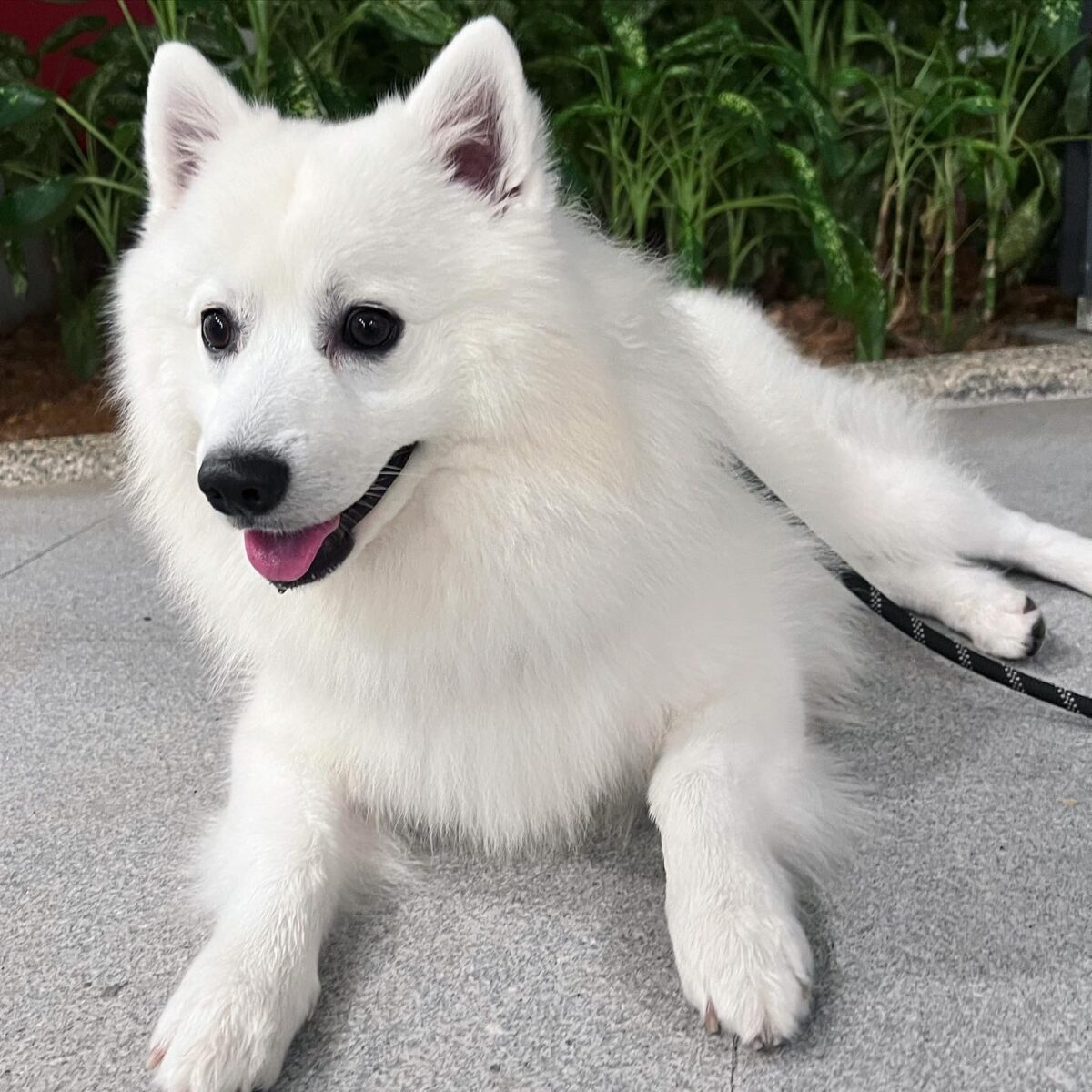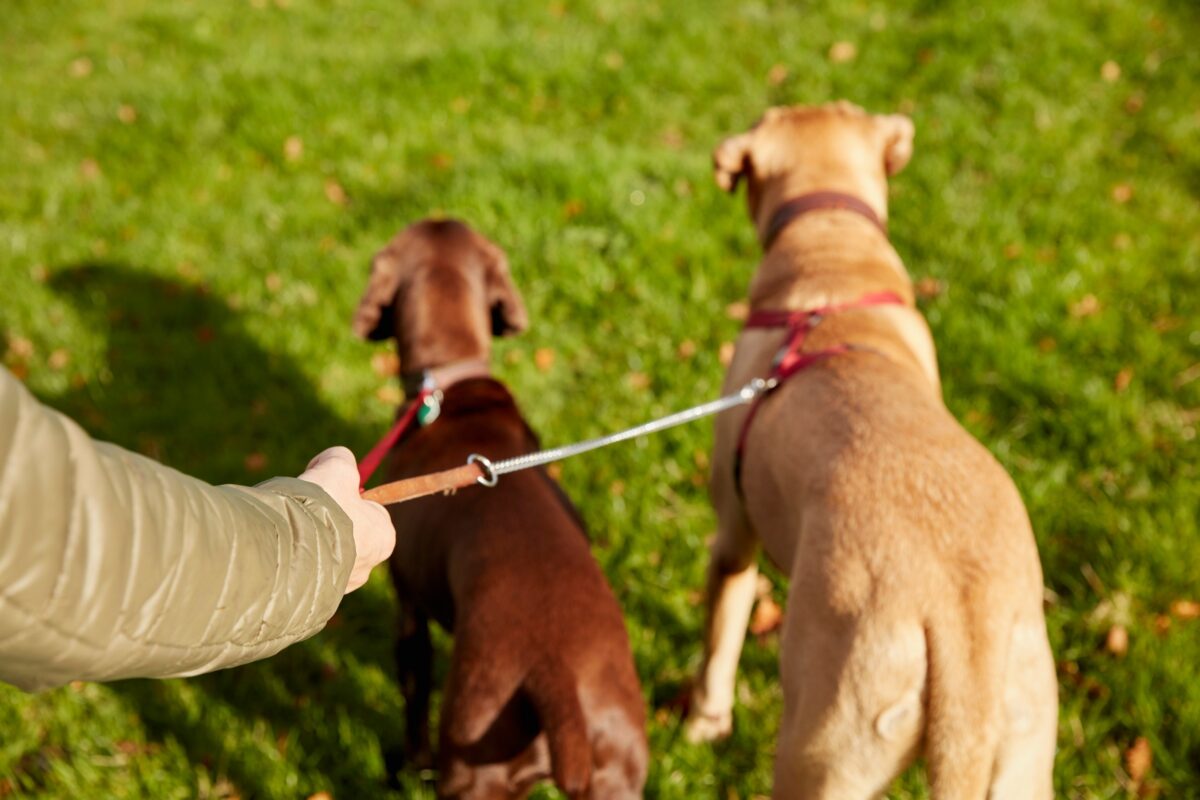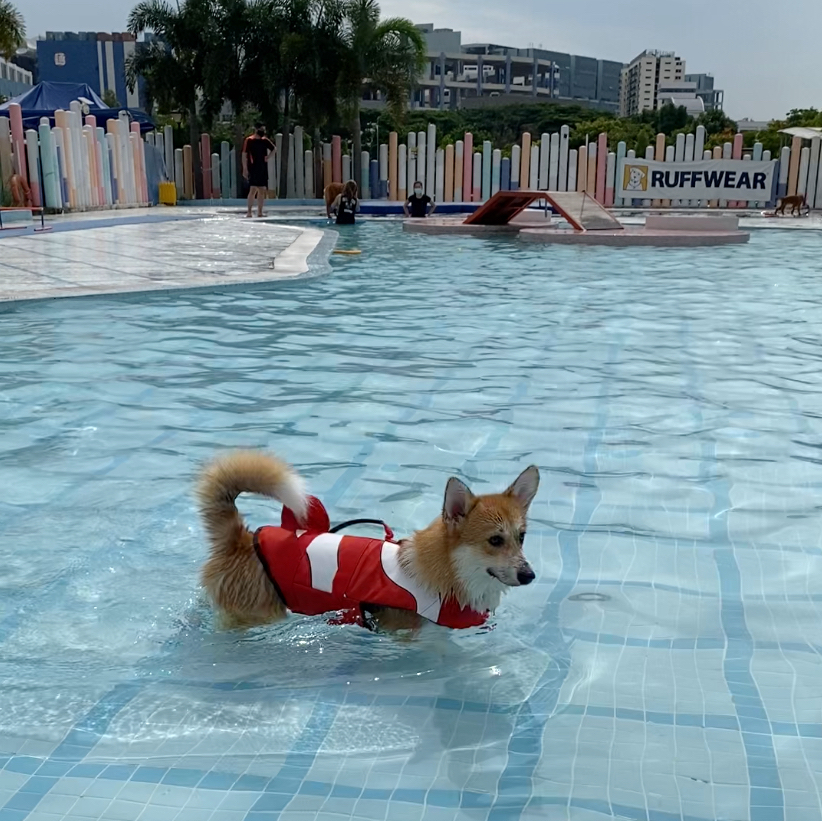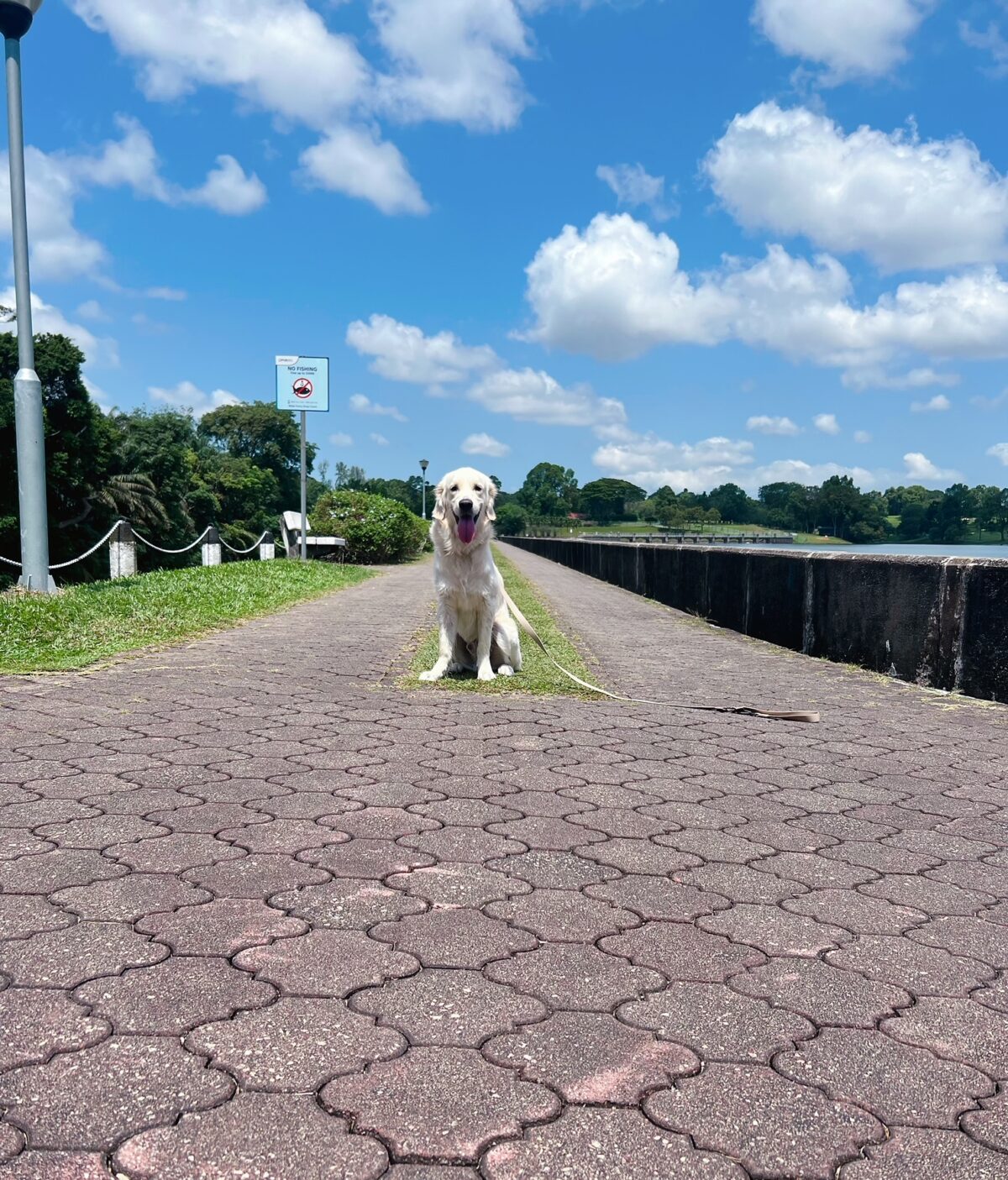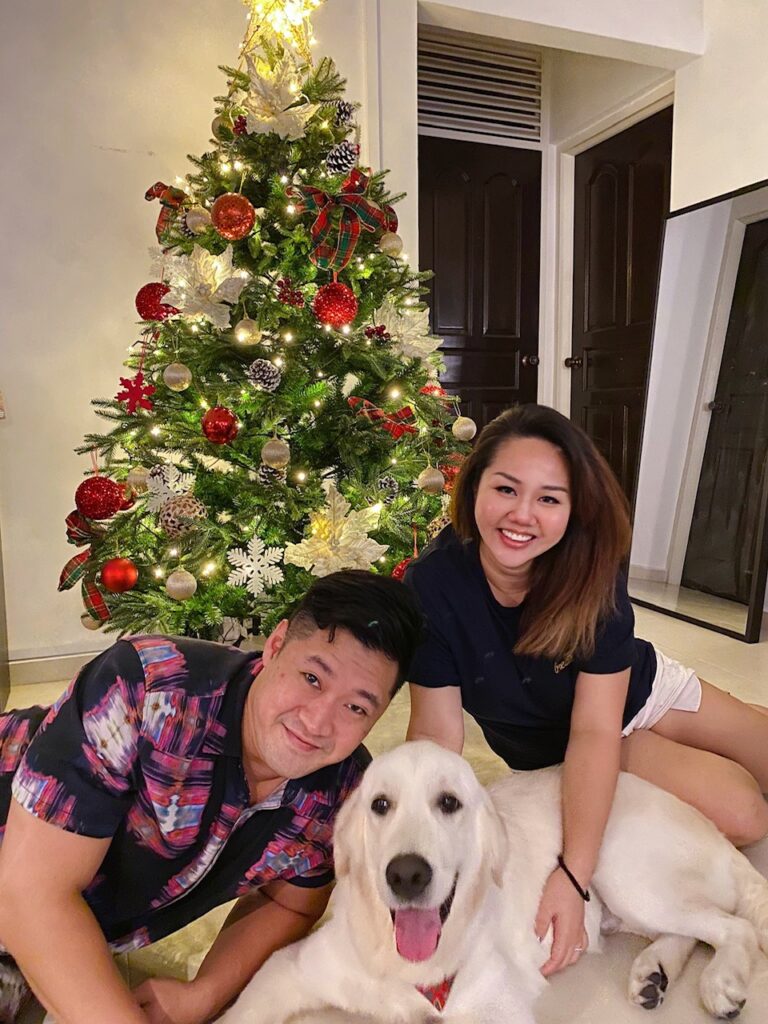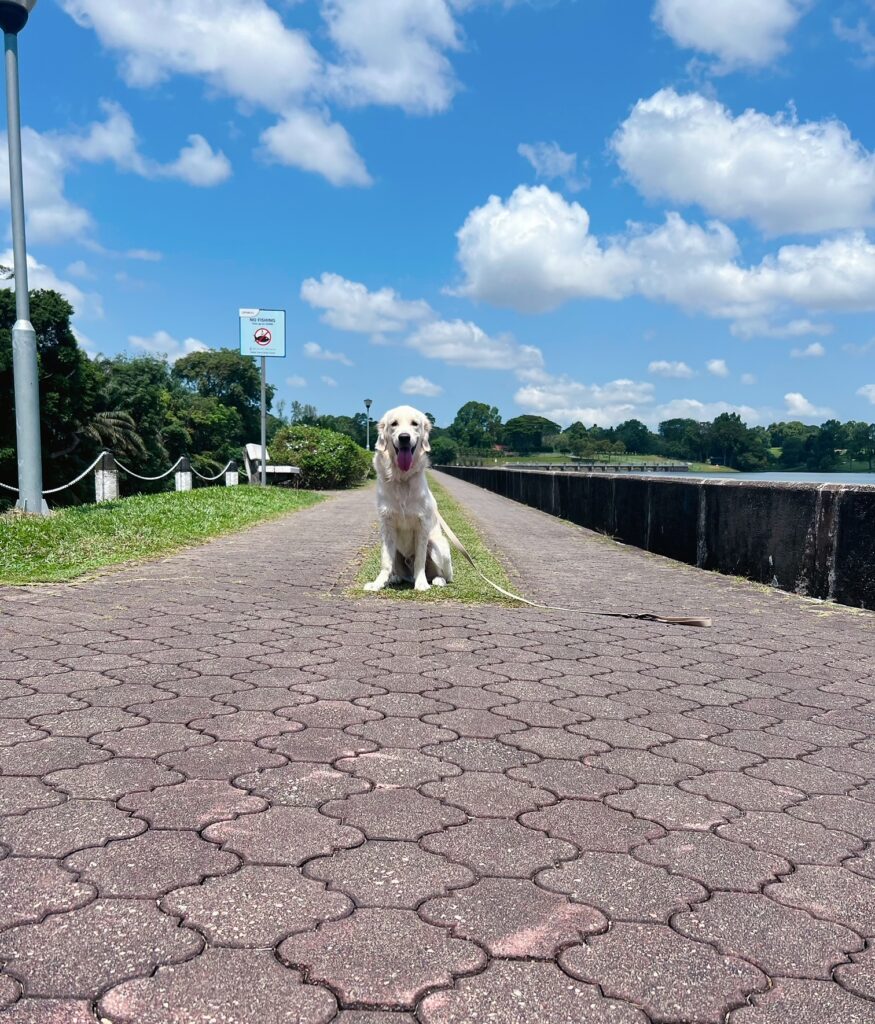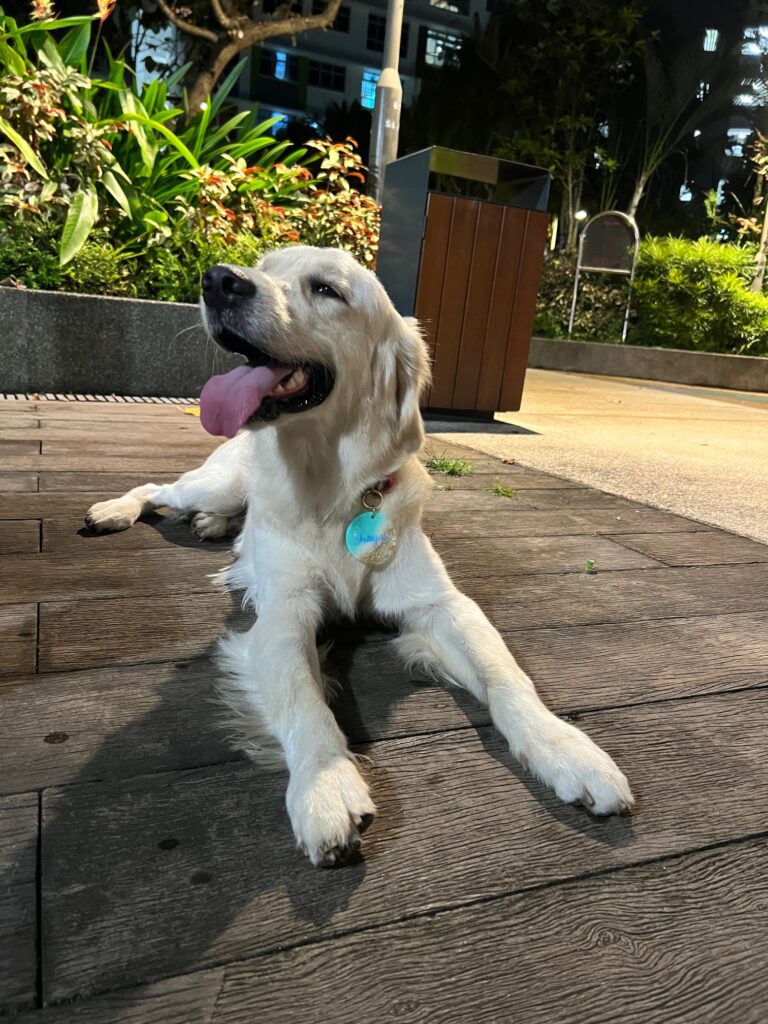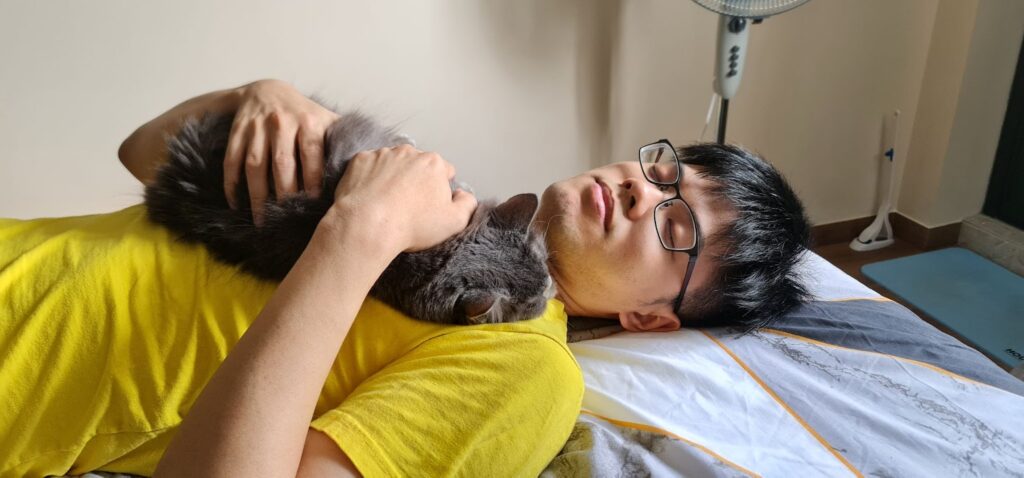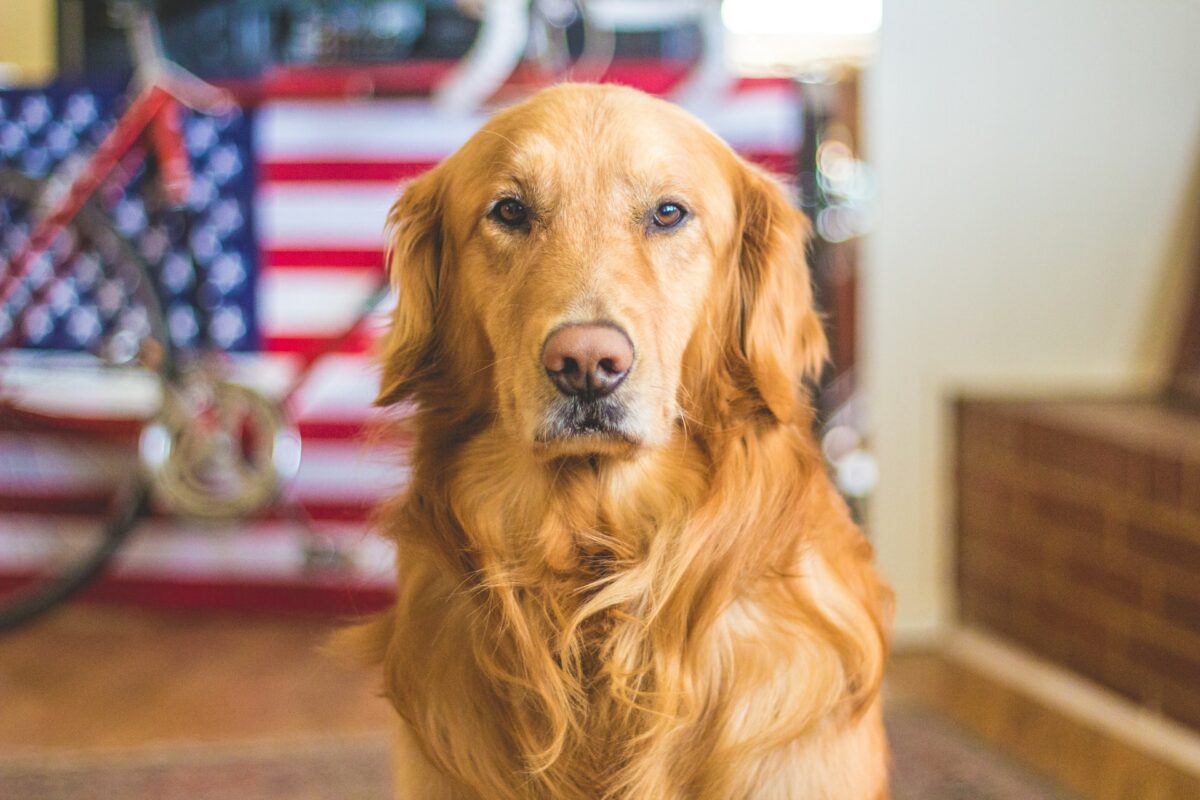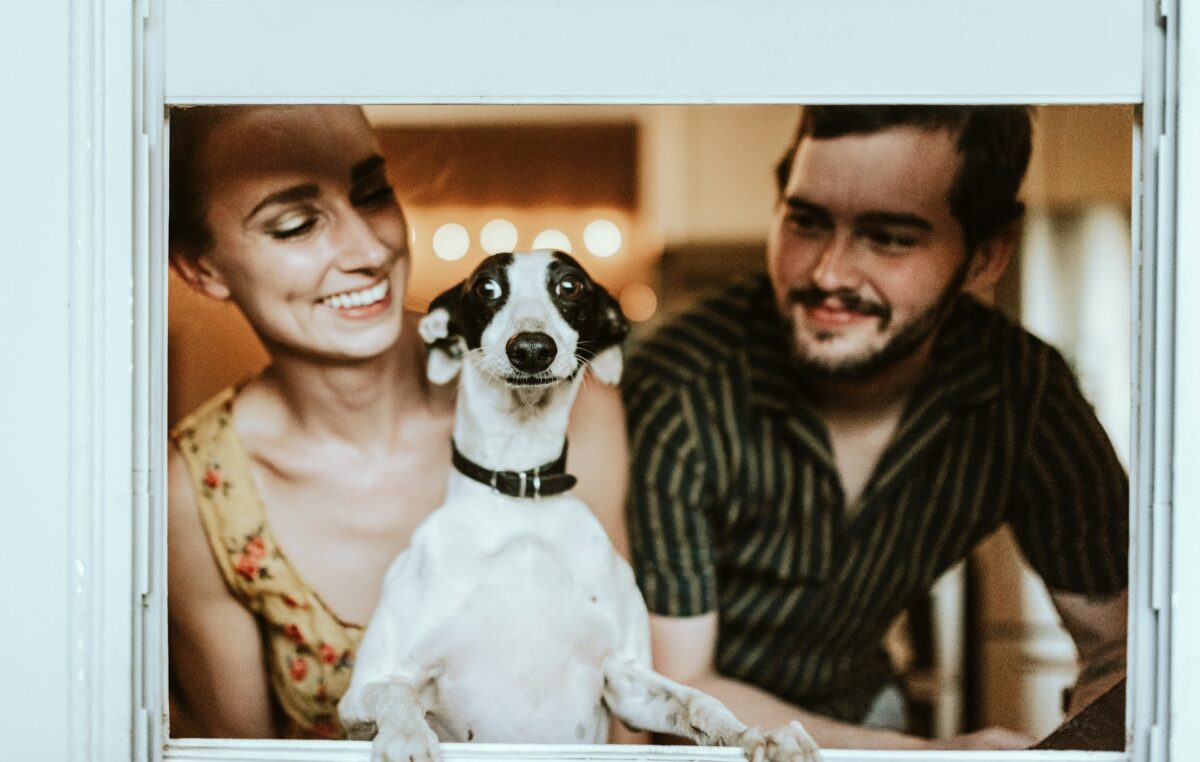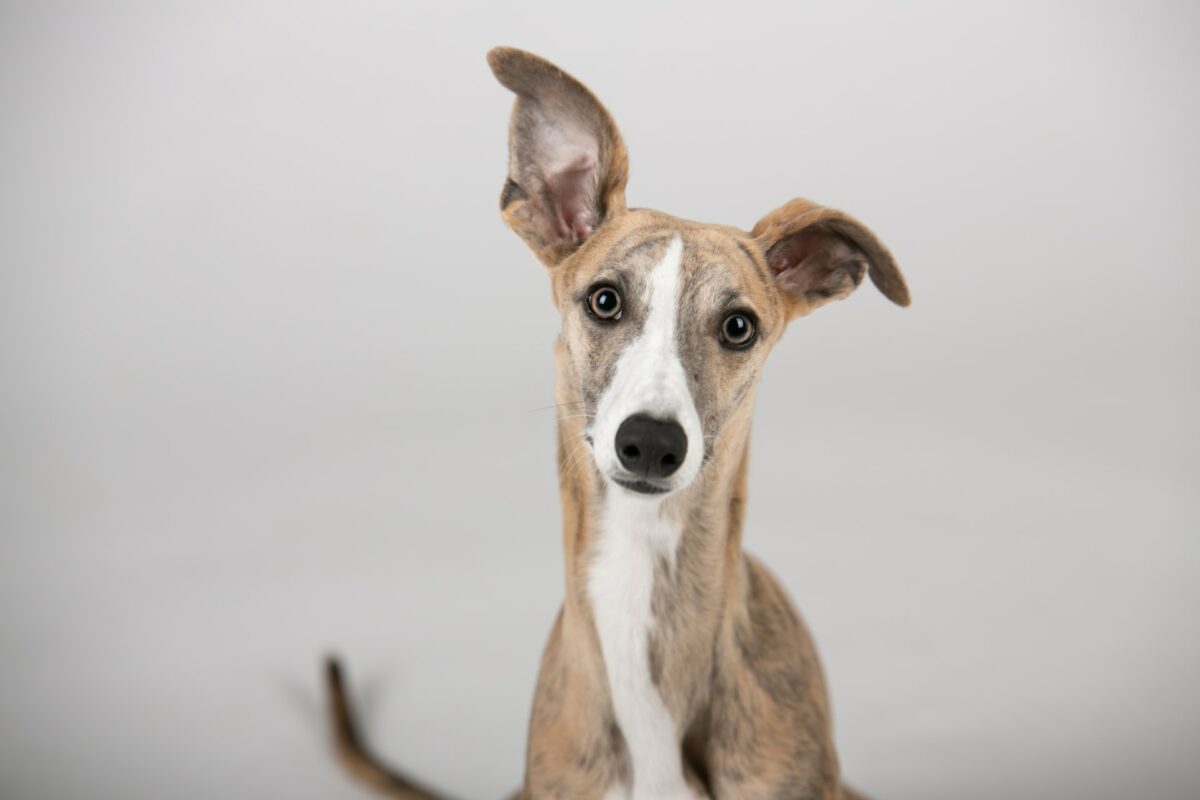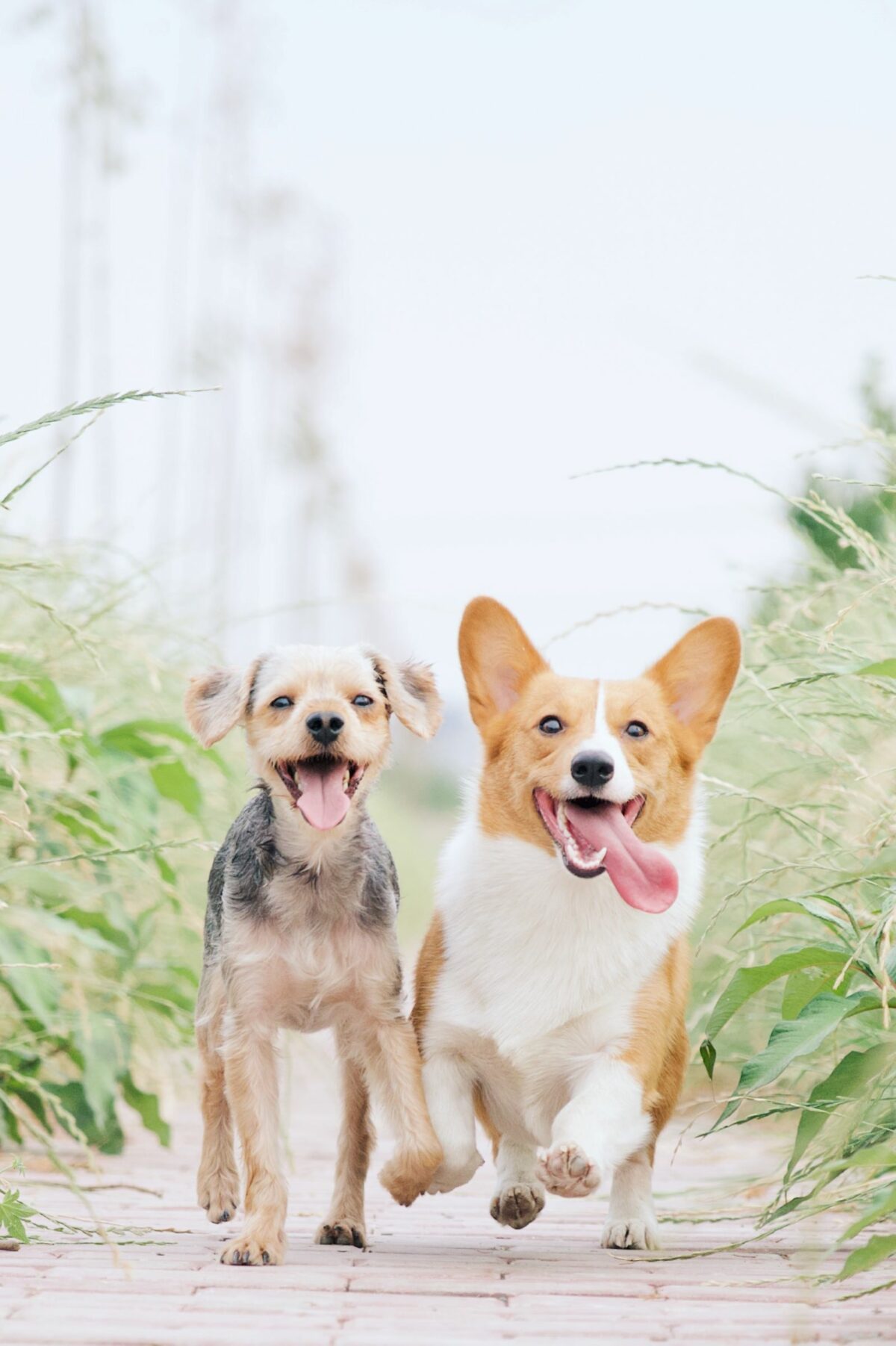It goes without saying that a pawrent’s biggest wish is to provide a healthy and comfortable life for their fur kid. It can be difficult at times, but to Joanne, pawmom to her two-years-old Japanese Spitz Bailey, it’s all worth it!
Working as a real estate agent, Joanne’s flexible working schedule allows her to spend more time with her loved ones, especially Bailey.
Forever floofy
Japanese Spitz are known to be energetic fur balls who are faithful, affectionate, and well-behaved — with Bailey checking all the boxes. Bailey can always be seen with a smile on his face. He is super friendly with other dogs and even strangers!
And that’s not all! Bailey is also the master of peace; small baby hoomans could be picking at him, and smaller fur friends could be barking incessantly in his face, and he will remain unfazed, waiting patiently for his hoomans to save him.
Another interesting fact about Bailey is that he treasures cleanliness the most! He does not dirty the house even with the worst tummy aches, “the sweetest boy,” says pawmom Joanne.
The perfect Spitz
Joanne had been searching for a new dog from Australian and New Zealand breeders for a long time, but it took a pause when her previous dog of 14 years had passed on. 8 years later, with the intention of getting a new fur kid, Joanne was recommended by fellow dog owners to search for breeders under Dogz Online.
One of the breeders reached out, with the intention of rehoming seven-month-old Bailey within New Zealand, and with much assurance and convincing, Bailey eventually became the breeder’s first and only export out of New Zealand!
Bailey came from a niche kennel in South New Zealand that breeds Japanese Spitz to perfection mainly for dog shows. The breeders do it out of passion, with the aim of achieving pristine breed standards — not for mass breeding and sale.
As Bailey has a lower confidence level and a larger build that exceeds maximum entry size, he was put for adoption. But, he still makes a perfect house pet!
Preparations for the future
Japanese Spitz are known to be prone to Luxating Patella. However, by choosing to import Bailey from an ethical breeder, it allows Joanne to be at ease knowing Bailey was bred to perfection in terms of looks and health. That’s why it was important to Joanne not to get a new dog from backyard breeders.
“Dogs are paired ethically to avoid health issues inherent to the breed as much as possible,” added Joanne.
That said, the best preparation for the worst is always assurance. As a pawrent to a silky terrier before Bailey, Joanne had to spend a bomb to fly in a specialist that manages canine cataracts. In times of emergencies, she hopes to reduce her worry about medical bills and focus more on Bailey’s recovery.
Joanne was introduced to Aon Happy Tails through a recommendation from other pet owners. With a couple Google searches and reviews, Joanna was enticed by their comprehensive coverage and benefits!
“We are on the Furball plan because my take is to either do it or not do it. Once decided and committed to do so, then it is nothing short of the best within the category!”
*Bonus Content*
If Bailey could speak hooman for 7 days, what would you say to him, or do with him?
“If Bailey could speak hooman for 7 days… then he better use that 7 days to tell us all his likes and dislikes across all categories that will affect his life!”
